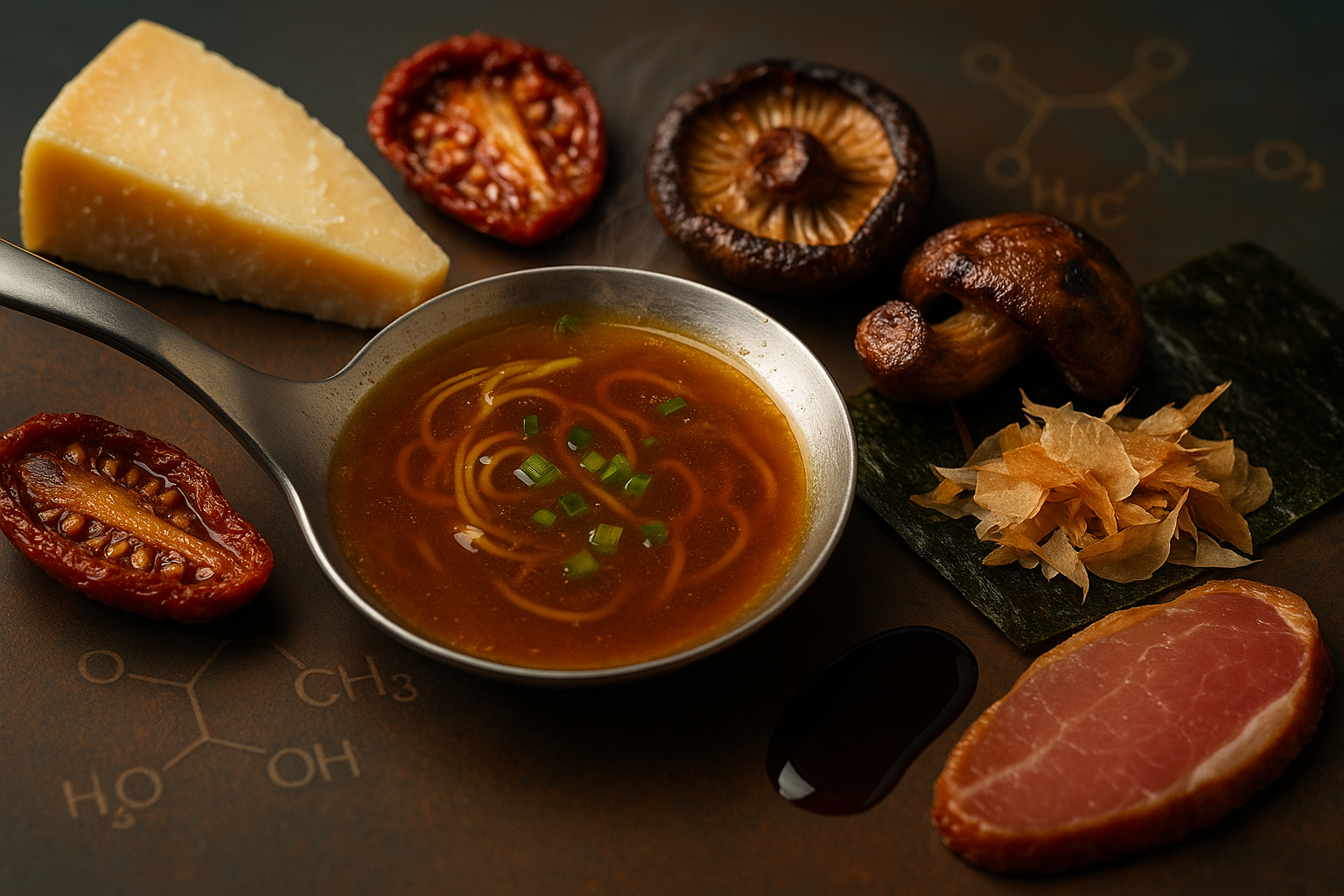
Carob Bean Gum: What It Is, Traits, Benefits and Whether It's Right for You
SUBSCRIBE TO OUR BLOG
Promotions, new products, and recipes.
-
What carob bean gum is and how it’s made
-
Key traits and food industry applications
-
Whether it’s safe, gluten-free, or suitable for pets
-
Where to find organic, high-purity carob bean gum
Also known as locust bean gum, carob bean gum is a natural food additive made from the seeds of the carob tree (Ceratonia siliqua). As a plant-based thickener and stabilizer, it plays a vital role in food production, especially in dairy, vegan, and gluten-free formulations. But what is carob bean gum really made of? And is it safe—or even healthy?
In this article, we’ll explore:
-
What carob bean gum is and how it’s made
-
Key traits and functional benefits
-
Common uses in food and industry
-
Health implications and whether it’s bad for you
-
Organic and gluten-free status
-
Suitability for pets (especially dogs)
-
Scientific insights and practical applications
What Is Carob Bean Gum?
Carob bean gum—also called locust bean gum, carob gum, or carobin—is a galactomannan polysaccharide derived from the seeds of the carob tree, native to the Mediterranean. It is labeled as E410 in food additive lists and is prized for its ability to thicken, stabilize, and bind.
To produce carob bean gum:
-
Carob pods are harvested and broken open.
-
Seeds are separated and de-skinned via heat or acid.
-
The inner endosperm is milled into a fine powder—this is the gum.
It’s used in everything from ice cream and yogurt to pet food, textiles, and even cosmetics.
Carob Bean Gum Traits
| Trait | Description |
|---|---|
| Appearance | White to pale yellow powder |
| Composition | Mostly galactomannans (fiber) – mannose and galactose sugars |
| Solubility | Disperses in hot or cold water (hydration requires heat) |
| Texture in Food | Improves mouthfeel, prevents syneresis (water separation), and adds body |
| Stability | Freeze/thaw stable, good pH tolerance (5.4–7.0) |
| Synergy | Works well with other gums like guar gum, carrageenan, and xanthan |
| Dietary Attributes | Non-GMO, plant-based, gluten-free, keto- and vegan-friendly |
Is Carob Bean Gum Bad for You?
For most people, carob bean gum is safe and well-tolerated. It's made of indigestible dietary fiber, which means your body doesn’t absorb it. It passes through the digestive system without being broken down, acting similarly to other soluble fibers.
Potential Side Effects:
-
Mild bloating or gas in sensitive individuals
-
Rare allergic reactions (e.g., asthma-like symptoms)
-
Caution for premature infants, especially if formula isn’t mixed properly
Bottom line: Carob bean gum is not bad for you in normal quantities and may even offer digestive and heart health benefits due to its fiber content.
Organic Carob Bean Gum: Is It Available?
Yes. Organic-certified carob bean gum is available from specialty ingredient suppliers. These products are:
-
Made from carob trees grown without synthetic pesticides or fertilizers
-
Processed using natural extraction methods (no harsh chemicals)
-
Certified by USDA Organic or equivalent
Cape Crystal Brands, for example, offers high-purity, non-GMO and vegan-friendly hydrocolloids suitable for clean-label and organic formulations.
Common Food Uses
Carob bean gum is used in:
-
Dairy & Non-Dairy: Prevents ice crystal formation in ice cream, stabilizes plant-based milks
-
Sauces & Dressings: Thickens and improves texture
-
Baked Goods: Improves dough stability and crumb structure
-
Pet Foods: Acts as a binder and fiber source
-
Infant Formula: Helps reduce reflux symptoms
Is Carob Bean Gum Gluten-Free?
Absolutely. Carob bean gum contains no wheat, barley, rye, or gluten proteins. It is naturally gluten-free and safe for people with celiac disease or gluten intolerance.
Can Dogs Have Carob Bean Gum?
Yes—in moderation. Carob bean gum is often used in commercial dog foods and treats as a binder or texture enhancer. It’s non-toxic to dogs, but overconsumption of fiber could lead to:
-
Gas
-
Mild bloating
-
Soft stools
Always consult your vet if you're unsure about any ingredient in your dog’s diet.
Carob Bean Gum vs. Other Gums
| Gum | Texture | Hydration Temp | Source | Notable Trait |
|---|---|---|---|---|
| Carob Bean | Smooth/thick | 185–194°F | Carob seed | Excellent freeze/thaw stability |
| Guar Gum | Thick/viscous | Room temp | Guar bean | Cold-soluble, more rapid thickener |
| Xanthan Gum | Slick/elastic | Any temp | Fermented sugar | Strong shear-thinning behavior |
FAQs: Carob Bean Gum
What is carob bean gum?
A natural thickener and stabilizer derived from the seeds of the carob tree, also known as locust bean gum (E410).
Is carob bean gum bad for you?
No. It’s generally safe and well-tolerated, though excessive amounts may cause mild digestive discomfort in sensitive individuals.
Is carob bean gum gluten-free?
Yes. It is naturally gluten-free and suitable for people with celiac disease or gluten intolerance.
What is carob bean gum made of?
It’s made from galactomannan polysaccharides found in the endosperm of carob tree seeds.
Can dogs have carob bean gum?
Yes, in small amounts. It’s used in many pet foods as a binder and is safe for canine consumption.
Final Thoughts
Carob bean gum is a versatile, plant-based food ingredient valued for its thickening, stabilizing, and emulsifying properties. It’s a safe, vegan, and gluten-free addition to both home cooking and commercial food manufacturing—and an excellent choice for anyone seeking clean-label ingredients.
For chefs, formulators, and food manufacturers looking to use high-quality carob bean gum, Cape Crystal Brands offers a top-tier, food-grade product that meets the highest standards of purity and performance.

|
About the Author Ed is the founder of Cape Crystal Brands, editor of the Beginner’s Guide to Hydrocolloids, and a passionate advocate for making food science accessible to all. Discover premium ingredients, expert resources, and free formulation tools at capecrystalbrands.com/tools. — Ed |
Enjoyed this post? Subscribe to The Crystal Scoop
Food-science tips, ingredient know-how, and recipes. No spam—unsubscribe anytime.
- Choosing a selection results in a full page refresh.



